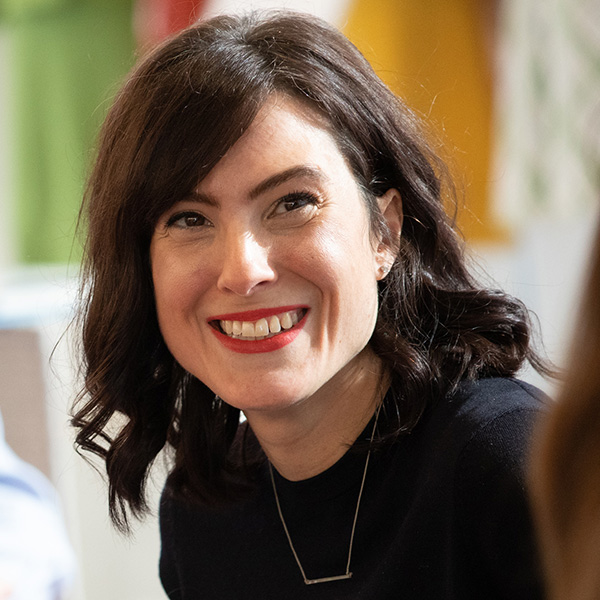It’s the time of year that kids typically loathe, but this year marketers are the ones doing the worrying. Following several months of remote learning and virtual classes due to the pandemic, uncertainty surrounds the return to school this fall. Some districts, such as Los Angeles and San Diego, have already announced a continuation of distance learning as virus cases rise in the region; other areas, such as New York City, are pursuing a mix of in-school and virtual classes. The ambiguity leaves marketers in a tight spot for the second-most crucial shopping season of the year after holiday. Many are delaying or downsizing campaigns, highlighting value, and deepening promotions.
July 16, 2020 09:00 AM
Featured Stories
How TikTok aims to connect with brands at NewFronts
TikTok is getting ready to pitch to brands at its yearly NewFronts on Tuesday.
Latest News
Staying current is easy with newsletters delivered straight to your inbox.
Staying current is easy with newsletters delivered straight to your inbox.








